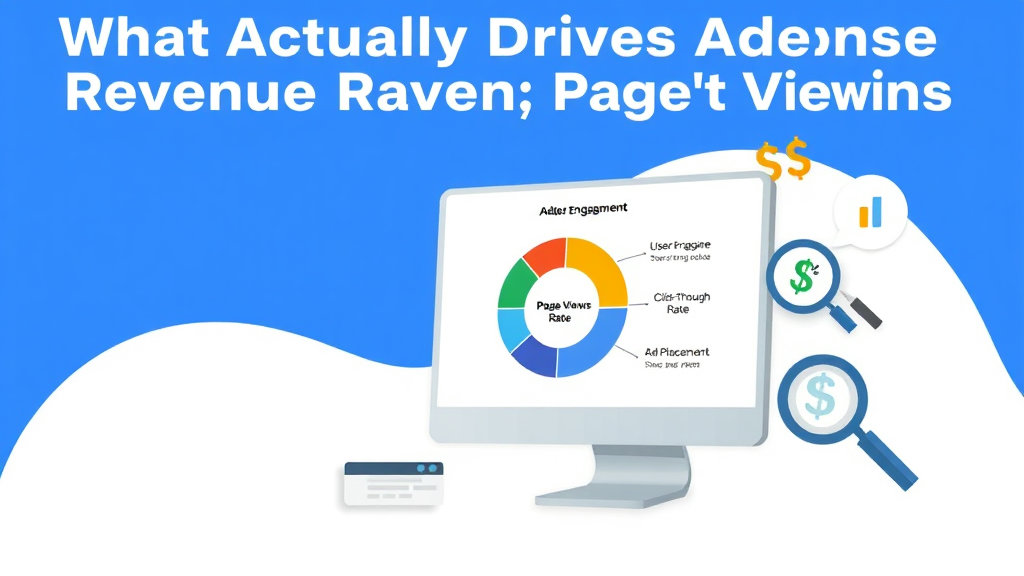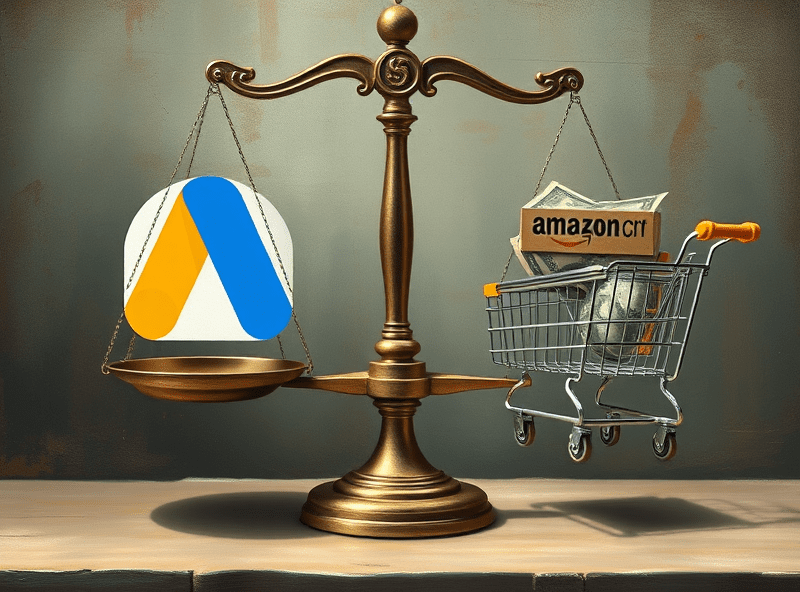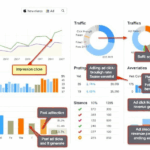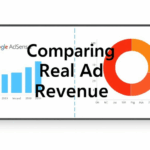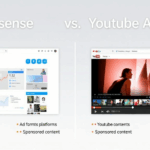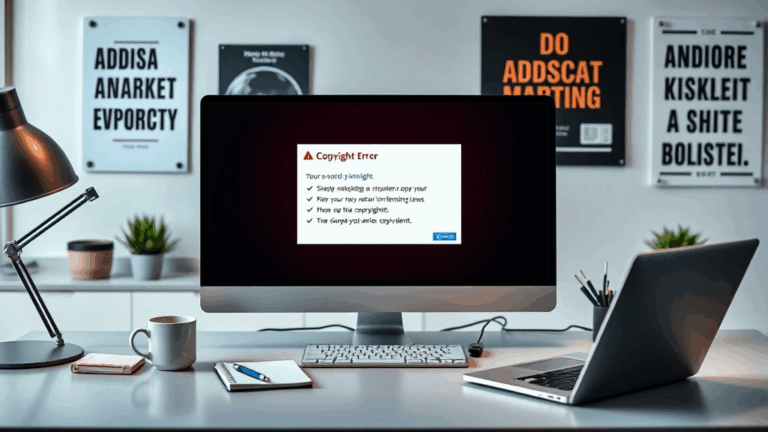What Actually Drives AdSense Revenue: Page Views Aren’t It
Why 10,000 Pageviews Might Be Worth Less Than 300
Everyone new to AdSense gets blindsided by this at least once: you finally crack a consistent 10k daily page views, check back the next day elated, and—what? You made like five bucks. Meanwhile, your friend with a tiny tech blog made twice that on a fraction of the traffic. This is where you have to unlearn that views = money. AdSense doesn’t pay for attention—it pays for clicks or impressions, but only when those things matter to advertisers.
So much of the revenue depends on behind-the-scenes auctions. If your traffic is mostly from countries with low CPC (say, bulk mobile traffic from India with no targeting data), you just won’t see much revenue per thousand impressions (RPM). Even worse if the browser traffic comes in through anonymized proxies or heavy ad-blocking extensions. Pageviews tell you how many people loaded a page; revenue tells you how advertisers feel about those people.
There’s also this behavioral thing: returning users tend to click fewer ads. I had this one dev community running a blogroll syndicator that sent thousands of extremely sticky visitors—readers that actually stayed—but the RPM plateaued quickly because they viewed tons of posts and clicked basically nothing. Advertisers backed off. So… more users, less money.
The Surprising Weight of Traffic Source Quality
Google doesn’t exactly spell this part out, but if you dig into your AdSense reports by traffic channels (e.g., search, referral, direct), patterns start to smack you in the face. Organic traffic from Google Search? That’s gold. Referral traffic from your buddy’s free directory site built in 2009? Basically dust.
At one point, one of my content sites was pulling in a ton of traffic from Reddit bots scraping old threads—still counted as pageviews, but zero revenue. Not even impressions were registering correctly half the time. If it smells like a crawler, AdSense treats it like a ghost.
The behavior of users who come in from search is very different. They tend to read slower, focus on one article, scroll with intent. That’s premium posture for Google’s intent-based ad placements. Compare that to someone bouncing in from a Pinterest pin—they’re on autopilot, in and out.
Quick sanity list:
- Check your “Ad sessions” in the AdSense dashboard vs. total pageviews. That delta is telling.
- Mobile visitors are less monetizable unless you’re running anchor ads and auto ads optimized right.
- Browser language mismatches tank CPM—especially if the page is English but the user speaks Tagalog, and targeting can’t resolve it.
- Make sure AdSense is actually loading by inspecting network logs; CSP headers can silently block the ad scripts.
- Niche forums linking to your site often flood with ad-block users. Filter them by user agent to confirm.
RPM Numbers Lie (But CTR Doesn’t Always)
Sometimes you see the RPM spike for two days, and then crater. You didn’t change anything, but it crashed like a bad webpack build. Here’s the plot twist: sometimes it’s not about your site at all. Entire advertiser verticals can yank budgets mid-week. Or Google’s experiment classification decides your visitors now fall into a worse-paying bucket.
One day I was pulling decent RPM from a pet-care niche. Then I noticed CTR stayed solid, but the RPM dropped by around 40%. Checked the channels and saw AdSense had stopped serving high-value display creatives and replaced them all with generic public service ads. Why? Apparently too many soft 403 errors from slow external image CDNs triggered some quality downgrade somewhere.
CTR Can Hint at Valuable Traffic — Sometimes
If your CTR is rising while traffic stays flat, that’s the closest you’ll get to a leading indicator that actually means something. But watch for placement bias: high CTR doesn’t always mean better revenue. Once I split-tested a sticky footer ad vs. a native in-text ad on longform pages. CTR on the in-text kicked ass, but net RPM dropped, because footer ads were showing those high-paying interactive units Google loves to charge premiums on.
One Ad Unit Can Tank the Whole Page (Yes, Even Now)
I don’t care what AdSense says about auto-ads being smarter: one garbage ad unit still poisons session-level revenue. I had a layout where the sidebar ran a static 300×600, and one overaggressive placement caused layout shifts. Mobile users bounced faster, viewability dropped, and Google’s algorithm pulled down bid floors across that entire template. The kicker? The unit looked fine in DevTools responsive mode, but real-world users got hit with five-second painting delays from third-party scripts inside rich media creatives.
What finally clued me in was this one line buried in the AdSense Diagnostics tab: “Ad Viewability below threshold on high-impression page.” That was the only breadcrumb. Pull the unit, reload analytics, RPM clawed back up across the board. Not immediately—but within like… four days. Which means the system recalculated historical worth somehow. Google memory is weird.
Split Testing Placement Still Matters More Than Design Tweaks
You can A/B test header images ‘til your mouse dies, but moving a leaderboard ad 10 pixels up can double yield. I had a client obsessing over his font stack while his ads were buried below the fold behind an introductory quote block. One change—putting the ad block lightly overlapping the hero image—caused a 3x CTR bump. We didn’t even change the ad theme colors.
This placement stuff is not documented well. You’re basically flying blind unless you use experiments or connect to Google Optimize (RIP, by the way). Your best weapon now is just version-controlled layout testing and cold hard revenue deltas.
The Silent Killer: Ad Block Interactions with AdSense Scripts
This one took me forever to catch. I had a staging domain that was loading AdSense fine in Chrome incognito, but on Firefox nothing showed. No errors, no logs, nothing. Turns out uBlock Origin was not just blocking ads—it was entirely preventing the ad scripts from fetching the page context, which skewed the reported fill rate. Even when the user allowed the site through, weird cached service worker behavior interrupted ad auctions. Brutal.
There’s also a lesser-known Chrome behavior where extensions that mangle or inject JS (think crypto wallet plugins or strange privacy shields) can interfere with ad slot rendering without blocking anything. I started using window.adsbygoogle.push({}) as a manual trigger and logging response times—it showed a 2.9s differential between test environments that looked identical. That’s just extension tax.
Behavioral Anomalies During Partial Outages
Once every couple months, you might see sessions and revenue totally misaligned in ways no placement test or traffic source explains. This is usually when there’s a partial infrastructure derp on Google’s end—like the time js.delivr hiccupped and preconnects died silently. The ads didn’t load, but Analytics showed solid engagement. No indication in AdSense status dashboards. The scary part is: AdSense almost never backfills or retroactively corrects for this.
The workaround I found was ugly—serve a randomized test ad unit on alternating visitors and record whether the script initialized correctly. That way I could at least estimate potential lost ad sessions. Totally duct-tape, but it saved me from blaming the theme or content when it was really a CDN glitch.
Reporting Latency Wormholes and How to Catch Them
AdSense’s UI sometimes delays revenue updates by hours—even a day during testing periods. If you kill an ad unit or shift layouts and expect instant feedback, good luck. More than once I’ve declared an experiment a bust, restored the old layout… then the new layout’s yield finally shows up 12 hours late and it’s double what I thought.
You can sometimes catch this by comparing Ad Impressions in the UI versus Active View Measurable Impressions. I found a weird one where the script served the ad frame, but failed to trigger the viewability event due to scroll position thresholds not being hit. Looked like impressions were high, but revenue lagged because the impressions weren’t valid from Google’s point of view.
“Active View: 0 measurable impressions on 1,924 Ad Impressions.” That one line made me rethink half my mobile layout.
